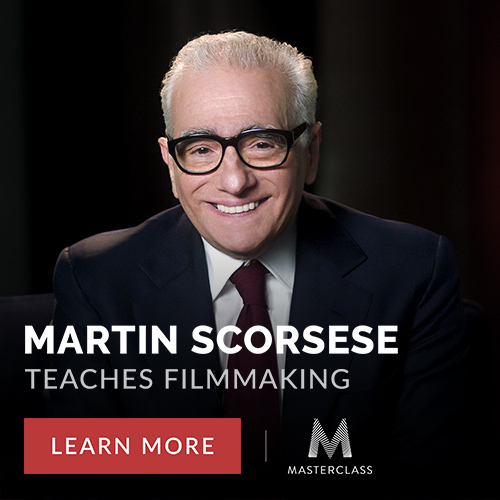In the clip above, Martin Scorsese talks about a group of films that, in his words, have “enriched me, educated me, disturbed me, moved me in a way that have awakened me to new possibilities in cinema.” Those words will remind many of us of our experiences with Scorsese’s own pictures, which raises a big question: what movement could possibly have enough power to enrich, educate, disturb, move, and cinematically awaken a man who has done so much enriching, educating, disturbing, moving, and cinematic awakening himself?
Scorsese speaks of the cinema of South Korea, especially the wave that, over the past twenty years, has brought the global film scene such auteurs as Park Chan-wook (Joint Security Area, Oldboy, Stoker), Lee Chang-dong (Oasis, Secret Sunshine, Poetry), and Kim Ki-duk (Spring, Summer, Fall, Winter… and Spring, 3‑Iron, Pietà). But he adds that, “for me, there’s something especially interesting about the films of Hong Sangsoo. It’s got to do with his masterful sense of storytelling. In each of his films that I’ve managed to see, everything kind of starts unassumingly” — but then things “unpeel like an orange.”
Only in one respect can I compare myself to Martin Scorsese: a love of Hong Sangsoo movies. I even wrote an essay for The Quarterly Conversation a few years back trying to explain the artistry of this most prolific Korean director, who has put out sixteen alcohol-soaked, cigarette-clouded, social and sexual awkwardness-saturated features to date. Some call Hong “the Korean Woody Allen,” which gets at the fact that his many comedies of manners pass through more moods than comedy and deal with more than manners, but that doesn’t capture his penchant for rich formal and structural experimentation — stories told multiple times, through different perspectives, using clashing sets of facts, and so on — which delights cinephiles everywhere.
This has made Hong a big name on the festival circuit — he usually has a project or two making the rounds at any given time — on which his latest movie Hill of Freedom received much critical acclaim. Telling of a Japanese man’s trip to Seoul to track down his Korean ex-girlfriend through a disordered pile of letters he sent her all at once, the mostly English-language movie shows the internationalization of not just Hong’s appeal, but of his work itself. It allows few of its characters to speak their native language, resulting in the kind of meaningful inarticulacy that he’d previously had to get his all-Korean casts drunk to achieve.
You can take the plunge into Hong’s cut-up and meticulously rearranged cinematic world of inept, jealously idealistic men, women that I’ve elsewhere described as “eerily unrepentant studies in blank calculation and frigid pliability,” and the catastrophes into which they lead themselves by starting with his debut The Day the Pig Fell into a Well, available free on the Korean Film Archive’s Youtube channel.
I recently went to Korea to record a podcast interview with Seoul-based film scholar Marc Raymond about how Hong’s films reflect modern Korean life. It turns out they reflect it pretty well, something I’ll see for myself later this year when, after having studied the Korean language for nearly a decade, I move to Korea — all out of an interest first stoked by Hong Sangsoo.
Related Content:
Watch 98 Korean Feature Films Free Online, Thanks to the Korean Film Archive
The Five Best North Korean Movies: Watch Them Free Online
Martin Scorsese Creates a List of 39 Essential Foreign Films for a Young Filmmaker
Colin Marshall writes on cities, language, Asia, and men’s style. He’s at work on a book about Los Angeles, A Los Angeles Primer, and the video series The City in Cinema. Follow him on Twitter at @colinmarshall or on Facebook.




